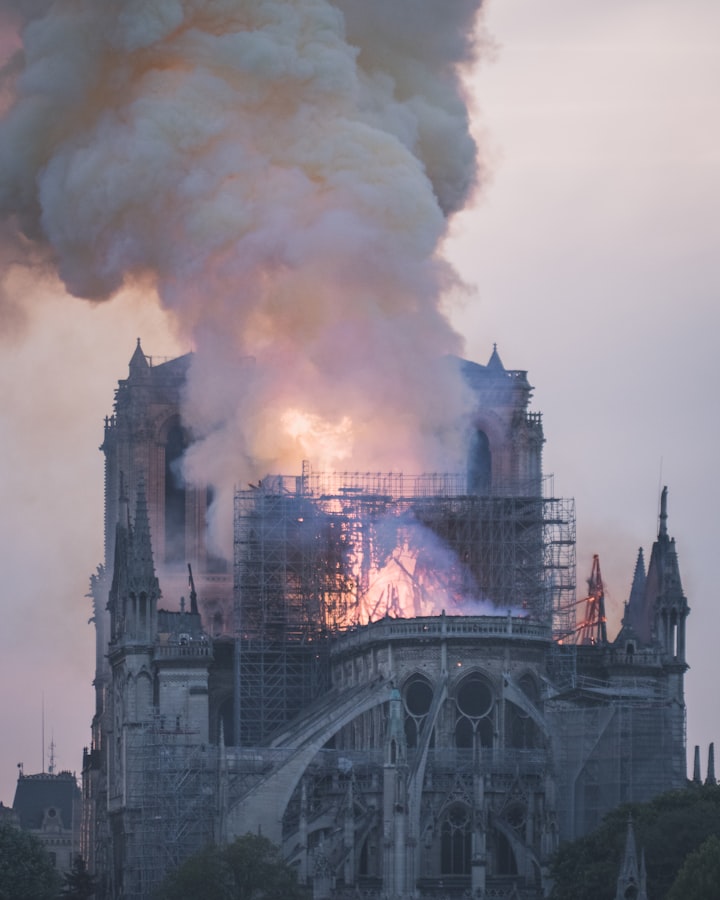LONDON – WHERE DID IT ALL START? AND DO YOU THINK IT IS STILL A GREAT CITY?
How did London develop from its conception as a Roman city to the congested, chaotic, vibrant city we see today?

Unlike other historic cities such as Rome or Athens, where there is a clear mix of areas from distinctive periods. London’s sites and listed buildings are singular structures, in many cases constructed progressively by parts from countless different periods. Greater London covers over six hundred square miles, although, until the 17th century, London was largely jam-packed into a solitary square mile.
The history of London extends over 2000 years. And In that time, it’s become one of the world’s most important cultural and financial cities in the world. It’s survived the plague, fire, riots, civil war, World War 2 bombing and terrorist attacks.
The region was initially settled by very early hunter-gatherers around 6,000 B.C., and archaeologists have found evidence of Bronze Age bridges and Iron Age fortifications by the Thames. The origin of the name London is of much debate but most historians concur the name is a derivative of the word Londinium. Roman armies began their occupation of Britain under Emperor Claudius in 43 AD. They landed at a point north of a swampy valley near the River Thames, where they established a settlement they called Londinium. The Romans soon erected a bridge across the River Thames and around 50 A.D. Roman traders built a town by the bridge. So, London was born.
They then decided it was an exceptional place to construct a large port. The water was sufficiently deep for ocean-going boats, and far enough inland to be protected from Germanic marauders. Around 60 A.D., an army led by Celtic Queen Boudicca raided the city and burned it to the ground in the first of many fires to devastate London. According to Roman historian Tacitus, Boudicca’s army slaughtered over 70,000 Romans and pro-Roman Britons and cut to pieces the 9th Legion of the Roman army. This led to a rebellion of one hundred thousand Celts against the Romans ruling Britain.
After Boudicca burned the city, it was soon reconstructed but burned again around 125 A.D. More reconstruction followed, and within a couple of generations, the population surpassed forty thousand people.
When the Roman Empire fell in 476 A.D., the city was attacked many times by the Vikings and other plunderers. With Roman Londinium abandoned in the late 5th century, the London Wall stayed intact. There was an Anglo-Saxon settlement by the early 7th century, about a mile west of Londinium, to the north of the existing Strand. Viking raids became common from the 830s, and a Viking army is thought to have camped within the old Roman walls during the winter of 871. Alfred the Great re-established English control of London in 886 and improved its defences.
The city’s fortunes changed in 1065 when Westminster Abbey was founded. A year later, after his triumph at the Battle of Hastings, William the Conqueror was crowned King of England. During his sovereignty, the Tower of London was built, and in 1176, the timber London Bridge that had repeatedly burned down was replaced by a stone bridge. King John in 1199 strengthened the city’s self-government, and in 1215, the city could elect a different mayor every year. As the power of the Tudors (1485–1603) and the Stuarts (1603–1714) dynasties grew, London swelled in size and prominence. By the time Henry VIII was crowned, the population of London was around 100,000.
Victorian London was the largest city in the world for much of that time. London’s population sprouted from one million people in 1800 to 6.7 million in 1900. But many of them lived in poverty. Queen Victoria ruled in Britain from 1837 until 1901. For much of that time, Britain had a massive empire extending around the world. Many of London’s well-known landmarks and buildings were constructed during the 19th century, including Tower Bridge, Trafalgar Square, and the Houses of Parliament.
To me, London is not only the most prominent but also the most vibrant city in the world. It has individualities other cities in the world don’t have. In my eyes, London is a city of dreams that provokes emotions and delight. When you stroll around London, you see many things from history that arouse both curiosity and excitement.
And the population today? Around 9 Million!
About the Creator
Paul Asling
I share a special love for London, both new and old. I began writing fiction at 40, with most of my books and stories set in London.
MY WRITING WILL MAKE YOU LAUGH, CRY, AND HAVE YOU GRIPPED THROUGHOUT.
paulaslingauthor.com






Comments
There are no comments for this story
Be the first to respond and start the conversation.